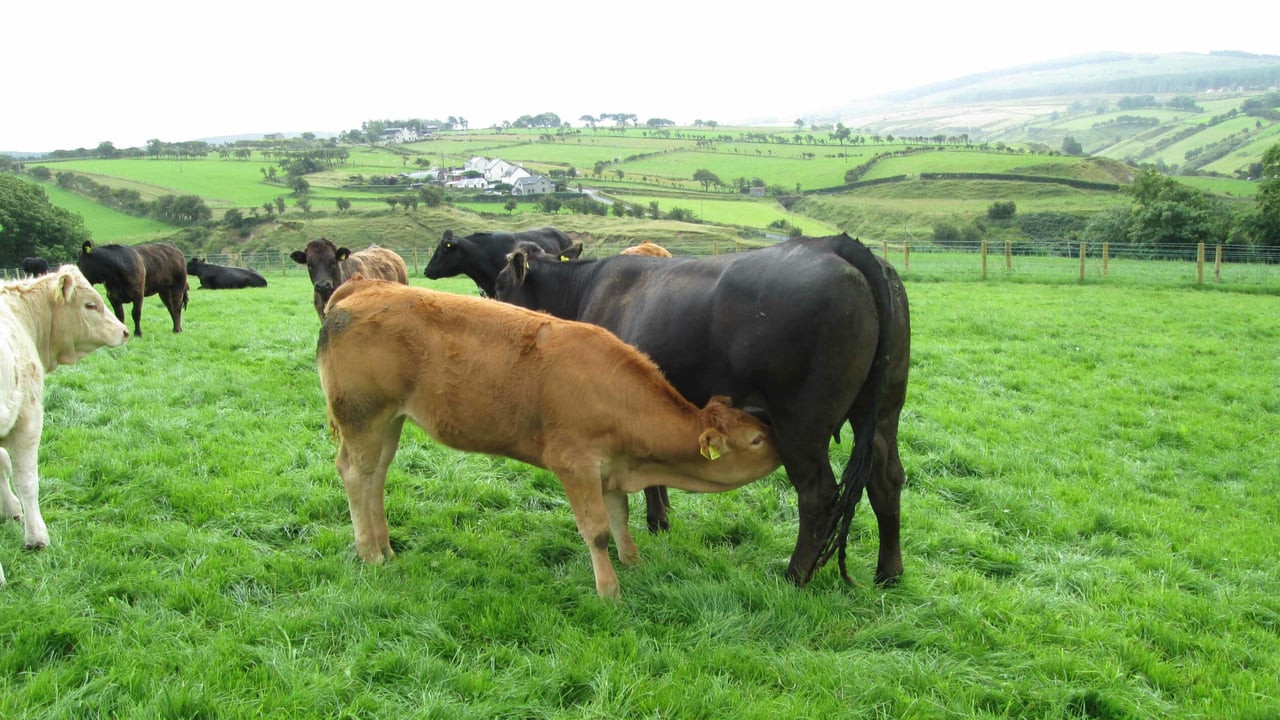Sustainable Breeding Summit



Sustainable Breeding Summit: Improving suckler cow efficiency
Breeding policy on suckler farms to meet climate obligations was discussed on last night's (Thursday, April 7) Sustainable Breeding Summit.
On most suckler farms, breeding for a number of years has been focused on increasing profitability, but as we are now in an era with climate obligations the focus must once again change.
Increasing efficiency on suckler farms is how best to meet the climate targets that are set for sector, with the breeding and selection of sires going to play a key role in how suckler herds become more efficient.
During episode three of the Sustainable Breeding Summit, John Heslin asked Rose Goulding from the National Cattle Breeding Centre (NCBC) what can be done from a breeding and managing perspective to meet these climate obligations.
"The first thing is, we all eat and we all like to eat, so food production is important," Rose said.
"From a beef perspective we are really, really lucky, because anything we do from a breeding point of view to improve sustainability will also improve profitability.
"We are very lucky that we are not doing anything that is going to cost us more money," she said.
Continuing, Rose said: "Thinking about it from a genetic point of view, what can we do from a genetics point of view to improve sustainability and therefore profitability on suckler farms?
Looking at fertility first, some desirable aspects Rose said are:
"Calving at 24 months is a big one, calving every 365 days, making sure that the cow can calve on her own, feed her own calf and stay on the farm for as long as possible.
"All those things around fertility mean that it is an efficient animal, therefore a sustainable animal - therefore more profitable.
"Again in Ireland, we are really lucky with our climate and land type, where we are one of the best counties in the world to grow grass.
"The big thing for sustainability is to reduce the age of slaughter. So, there is a lot of things that we can do from a genetic point of view to improve these things."
Commenting on some of the research being conducted by NCBC, Rose said: "The other thing we are looking at is feed efficiency, which unfortunately cannot be measured on-farm.
"We have a facility in Tully, to measure the feed efficiency of the progeny of the AI [artificial insemination] bulls.
"So, even though we are not getting a lot of data on feed efficiency we are getting it on the important animals, to feed down along the food chain.
"Feed efficiency is a big one, because we need animals that can put on as much weight as possible from as little feed as possible and we have found big variation in different blood lines.
"Two animals put on the same weight and having the same feed efficiency, but one is producing much more methane than the other."